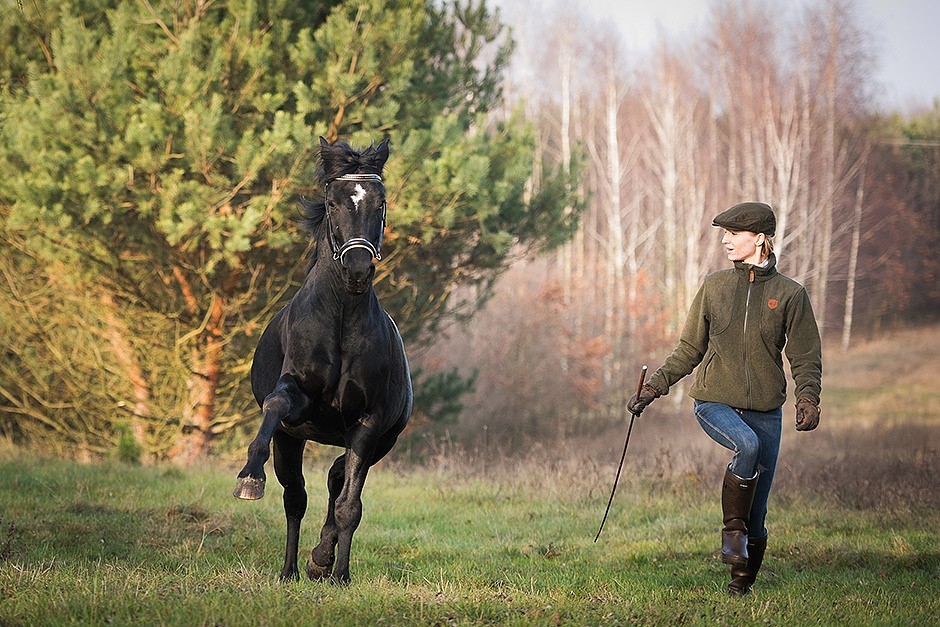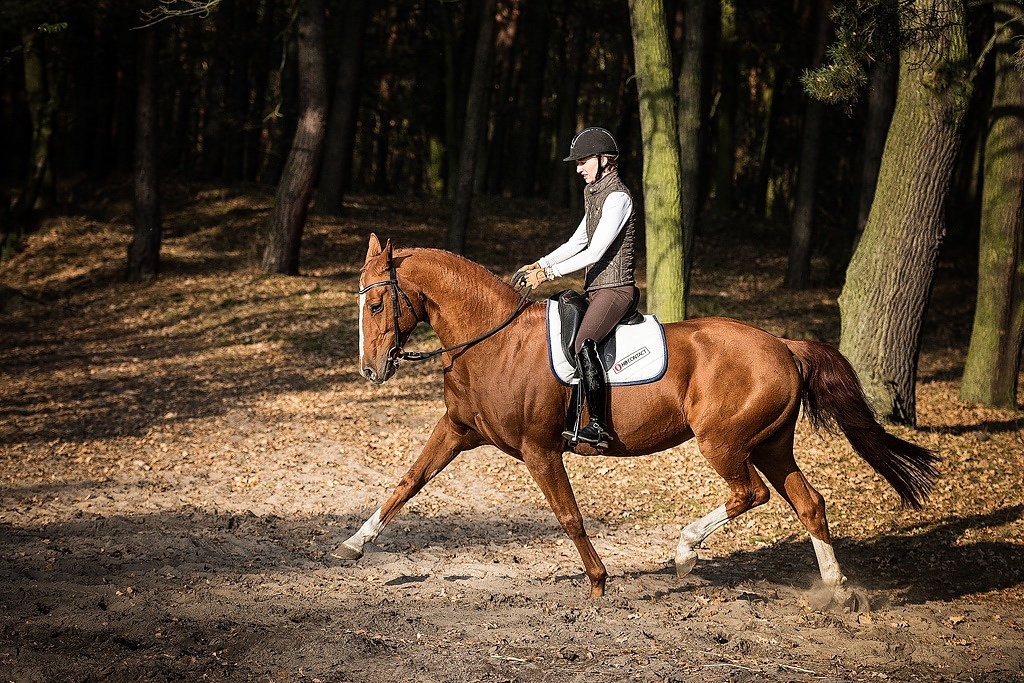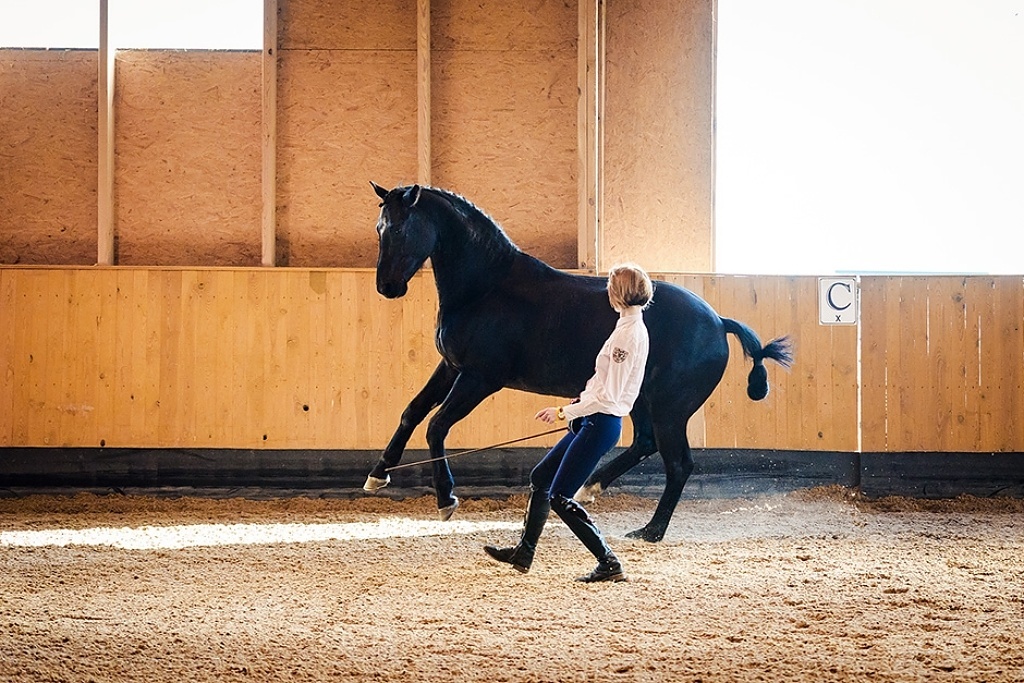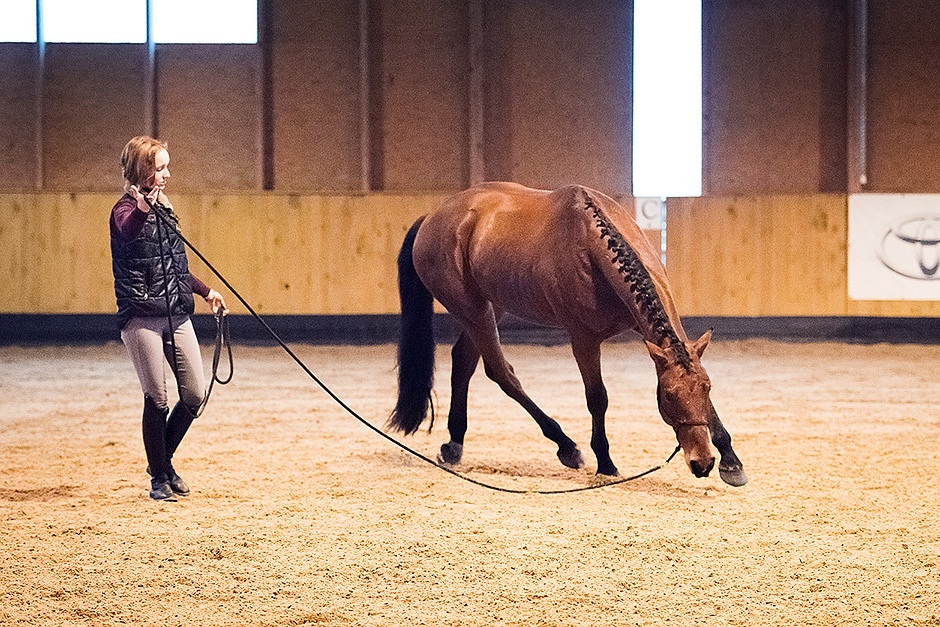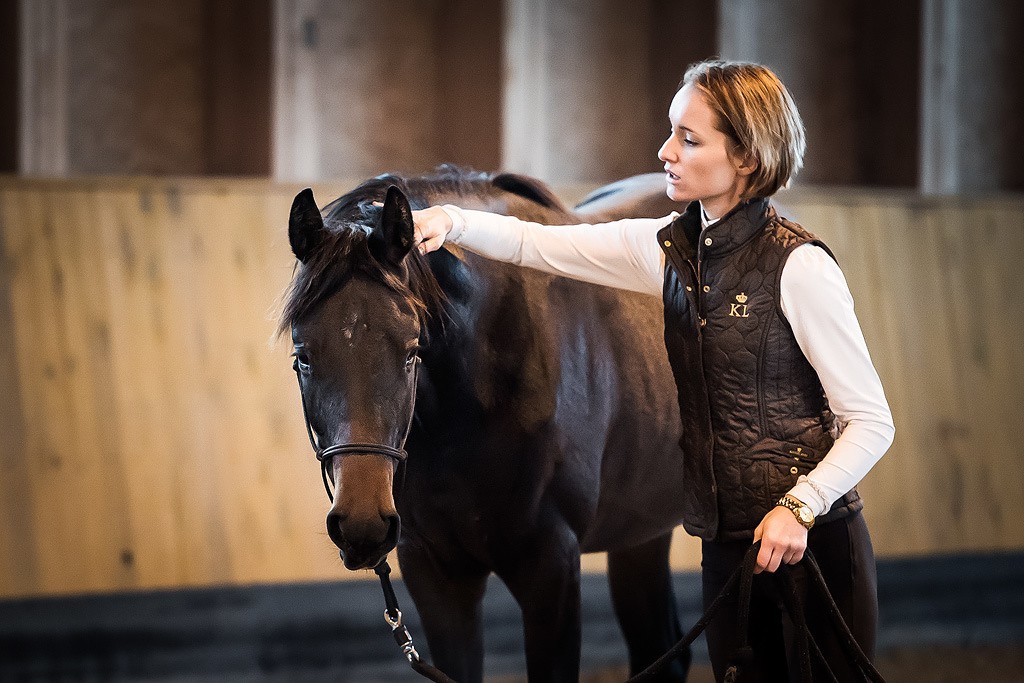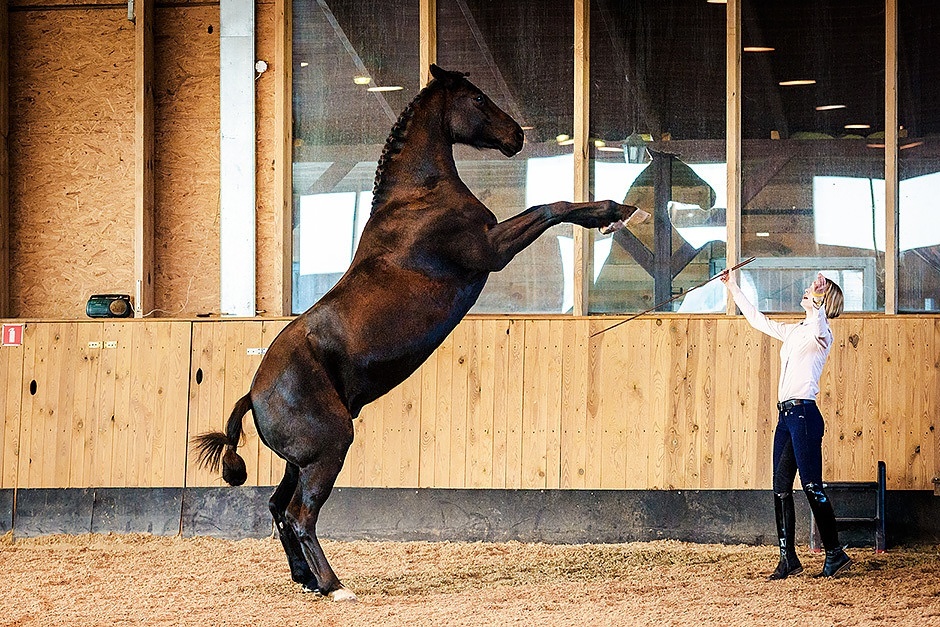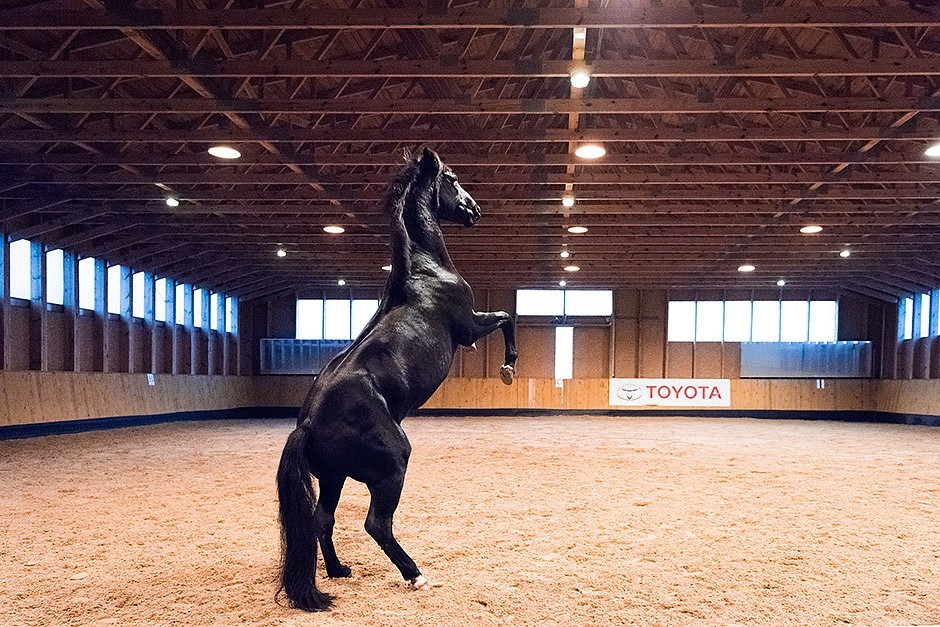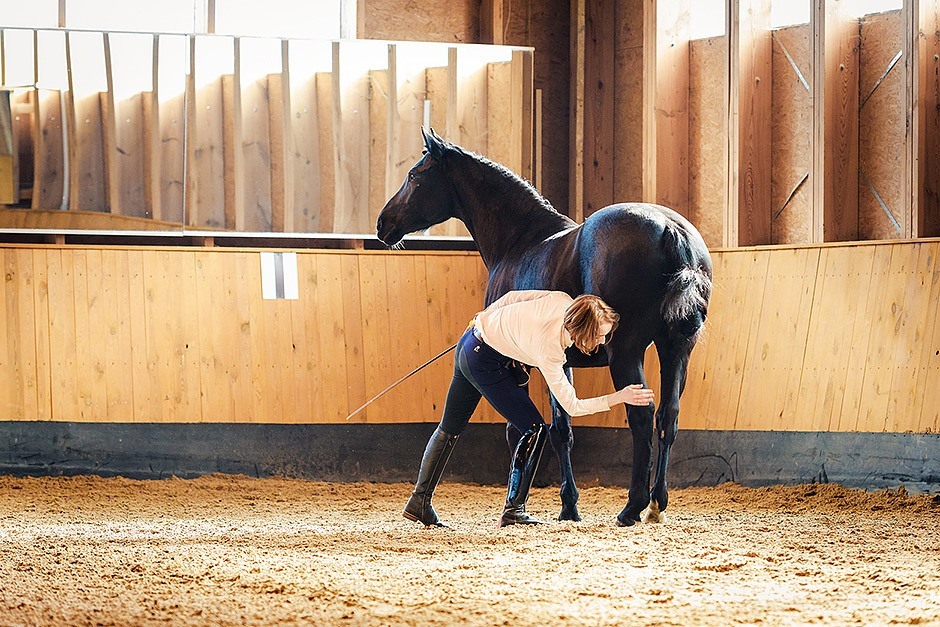When you are connected with yourself and you have literally no thoughts and no emotions in yourself – you always know what to do and you always act accordingly to the things that are happening around you. Sometimes you very decidedly yet calmly make your horse go away 2-3 steps away when he starts to
The general idea of Autonomy was already touched in our Introductory Materials and I don’t want to repeat myself here. Instead, I want to focus on explaining you how giving true Autonomy to your horse looks like in practice. But before we will do so, I want to emphasise once again the two very important
I know that our second technique may be something very NEW to you today. Please don’t worry, give yourself time to read it few times and digest it. You will need that time to start understand how to implement it to your everyday trainings. This is not that hard in practice. To encourage you to
One of the questions I am most frequently asked is “How can I make my horse engage more in the training?”. In this PreWorkshop Material I’d love to share with you two of my techniques to build-up your horse’s Engagement and Satisfaction and to transfer them to any desired situation or exercise. I decided to
I made a decision to introduce you to all of my practical techniques, before our Online Workshop starts. I want you to have time to really digest and understand our approach before you will try it with your horses. I want you to feel comfortable and not to hurry yourself. I’d love you to have
Calming signals is a term introduced by Norwegian dog trainer Turid Rugaas (2005) to describe the behaviors that dogs show when trying to calm a situation. For animals living in groups, ways of communication, that can discharge the potentially tense situation, are extremely important. Calming signals are signals that all herd animals use in order to communicate with each
Some years ago behaviourists used to think that animals are passive. But animals are active, they have their own goals and aspirations. We have to be aware of this fact. I wrote before that during clicker training we reinforce not only behaviours but also decisions our horse makes. In this PreWorkshop material I will show
During last hundred years we had many scientific discoveries on how people and animals learn new things. This is very broad subject and very well covered in the literature and here I will give you only short summary with practical information on how this works with horses. Horses can learn in four different situations: R-
GENERAL TRAINING IDEAS Your training sessions should be short and effective. The longer you wander around, the more your horse learns that training is about “saving energy” and less about “trying really hard”. Average dressage test doesn’t last for longer than 6 minutes. And that is why it’s perfectly fine to train your horse
I hope that you have already read our Introduction Materials and Modules Recapitulation. I know that it has been a lot. And I understand that you may think now: “How to apply this knowledge in my everyday life?”. I will be posting more practical materials for you soon, but below are the first suggestions you

